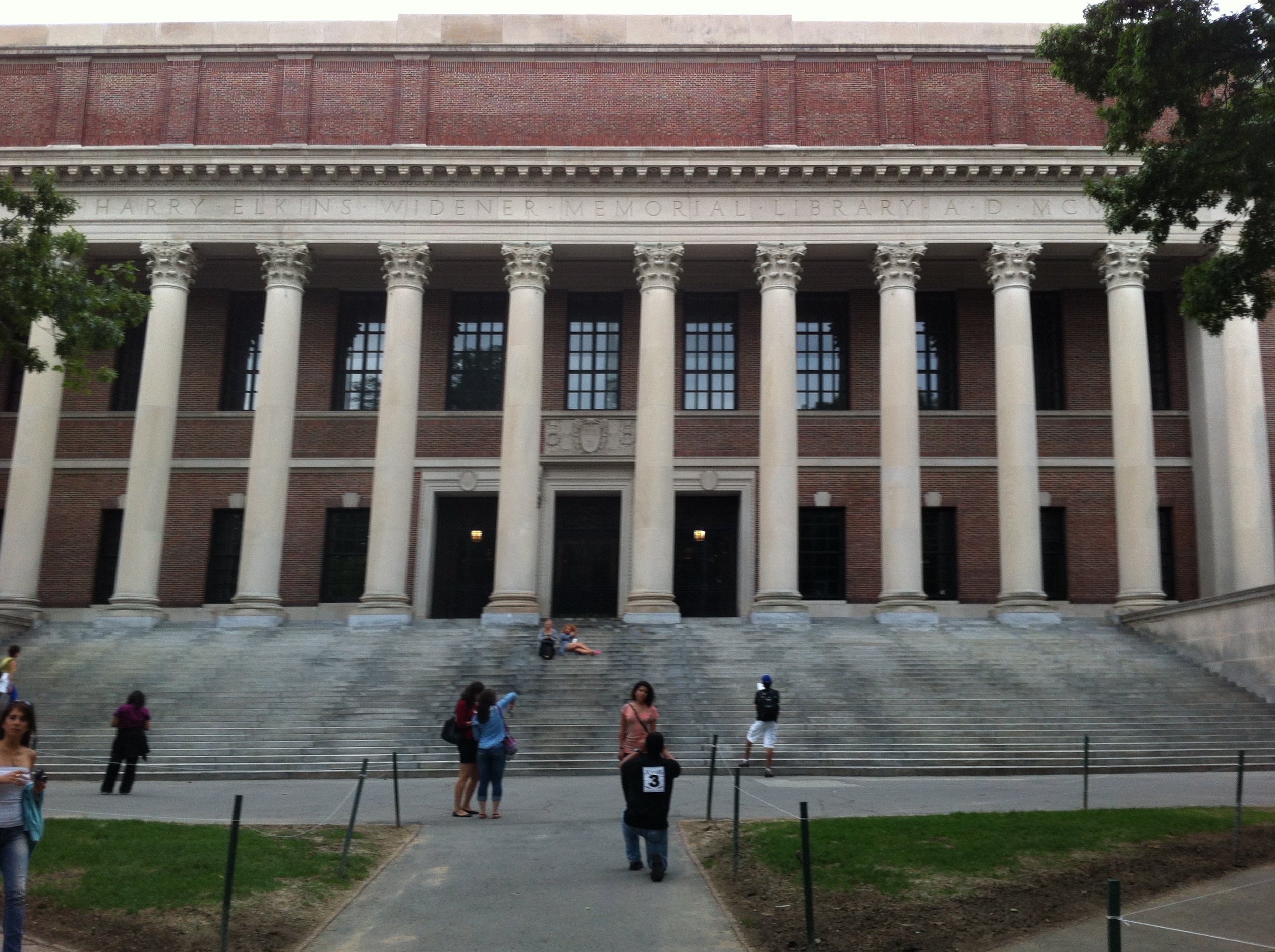
Sorry!
First, an apology -actually, two.
First, I haven’t posted in over a month, the main reason being I have been quite ill with gastro-entiritis, a really nasty stomach bug of some kind that completely flattened me. The good news is that I am now fully recovered, just in time for the holidays.
The second apology is that I have not posted for even longer on the history of educational technology as I have experienced it. This is because I have been focusing on another totally unrelated aspect of my life for my autobiography, on flying a small plane. I have now completed that part of my biography, and will be returning in this blog to my time as an educational technology consultant in the period 2003 to 2010, which includes work in Spain, Mexico, Australia, Chile and Mongolia.
Higher education in crisis
However, as it does, the world has moved on while I have been sick, and it has become clear to me that public post-secondary education, at least here in North America and also to some extent in Europe, is facing an existential crisis. No-one wants to pay the costs of the existing system.
I actually think that in the long run, this is a good thing. We have postsecondary education systems that were built for another time and another world. They were built for a very small elite, to serve very different purposes than today’s universities and colleges. We have moved from a pre-industrial age through an industrial age to a digital age, but universities and colleges still look like they did 250 years ago, except they are much bigger and much more costly.
It is not enough then for universities and colleges to whine for more money. It’s not coming. They need to re-think, not so much their purpose, but their whole modus operandi. Basically, they have to become more efficient: better outputs for the same or more likely less money. They also need to rethink who their key stakeholders are, and relate their funding to this new reality.
A new blog series
Therefore, in the new year, I will have the nerve and the ambition to suggest how public post-secondary education should be re-designed to better meet the needs of a digital age. This will take the form of a series of blog posts something along the following lines (at least one blog post on each topic):
- the true nature of the problem;
- re-designing teaching, research and innovation activities to be more cost-effective, with a focus on output as well as input, using best instructional design practices, digital learning, and greater use of AI;
- the need to change internal financial practice away from funds-based (historical) allocation to activity-based costing;
- base allocation of costs on the four pillars of output: learning, research, innovation, and improving the world around us;
- re-identify the key stakeholders, and link funding to their interests (i.e. user pays);
- how to implement these changes (I will need a lot of help with this!).
A collaborative effort is needed
Indeed, I will need your help on all of this. This is a nice sticky, complex problem. There will be no one solution. But we cannot go on as at present. The whole public post-secondary system is in danger of collapsing. Higher education is too important to leave soley to the private or commercial sector. Their interests are not the same as ours. So we need to try to fix the problem in a way that society as a whole benefits. Are you up to this? Watch this space in the new year.
And of course seasonal greetings
In the meantime, enjoy time with family and friends, and relax over the holidays – you’ve earned it, and I’ll talk to you again in January.









 Dr. Tony Bates is the author of eleven books in the field of online learning and distance education. He has provided consulting services specializing in training in the planning and management of online learning and distance education, working with over 40 organizations in 25 countries. Tony is a Research Associate with Contact North | Contact Nord, Ontario’s Distance Education & Training Network.
Dr. Tony Bates is the author of eleven books in the field of online learning and distance education. He has provided consulting services specializing in training in the planning and management of online learning and distance education, working with over 40 organizations in 25 countries. Tony is a Research Associate with Contact North | Contact Nord, Ontario’s Distance Education & Training Network.


We are glad you are well and back in the “Higher
Education fold” discussions. I am an ardent follower of your work – started doing this when I worked at Unisa ( an open distance learning institution) . My name is Rita Kizito and I am retiring next year but passionate, and worried at the same time about the state of the Post Secondary System – particularly the one in Africa.
In Africa, we tried to mirror the west and unfortunately this has not turned out very well.There is an urgent need to go back to the drawing board before the commercialization of education engulfs and annihilates even those enduring elements one would love to maintain during the much needed reform.
Happy holidays and a Prosperous new year!
Many thanks, Rita, and I am so pleased to hear from you and UNISA. I was part of an external evaluation team for Tshwane University of Technology just after Covid, and was really impressed to learn what some South African universities are doing under often difficult conditions. You are right: institutions in emerging countries need to find their own solutions to increasing and improving higher education for their populations.
The crisis you describe has been evolving for nearly two decades and will undoubtedly take just as long to resolve or we will witness the kingdom come tumbling down. The answer will be courageous leadership far beyond A.I. And whether this leadership will actually step out of the shadows is by far an uncertain guarantee. So you want to be audacious in your new blog series then go to it!
Thanks, Don – I appreciate your support
Already more than 20 years ago, Neil Postman clearly defined the problem of ‘modern’ education. He also clearly described what needs to be changed and how to do it. Why, when we talk about methods and purposes, do we miss the meaning, which lies much deeper? The existential crisis of education is the existential crisis of humanity.